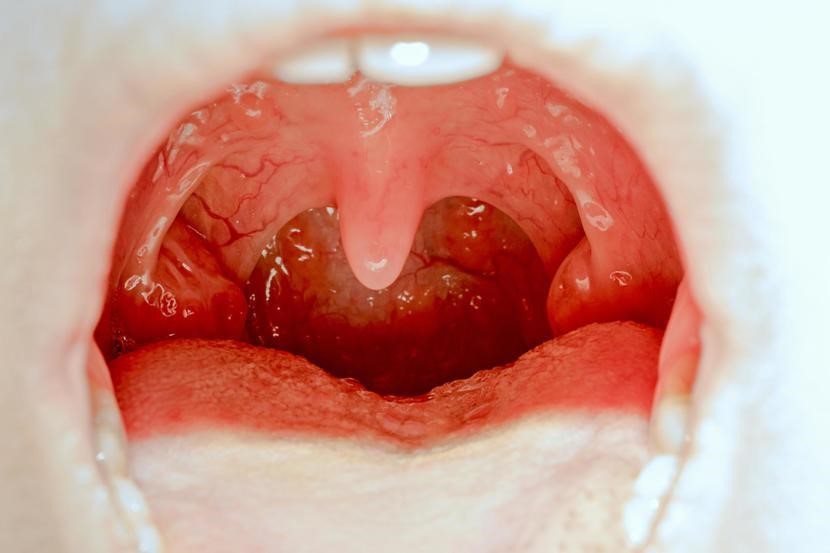 We all are excited about Summer but hot, sweaty, sticky, moist summer makes one susceptible to vaginal infection, yeast thrives in moist, warm environments. Moisture gets trapped and create a breeding ground for yeast, it is more of an issue when women are more prone to sweating in summer.
We all are excited about Summer but hot, sweaty, sticky, moist summer makes one susceptible to vaginal infection, yeast thrives in moist, warm environments. Moisture gets trapped and create a breeding ground for yeast, it is more of an issue when women are more prone to sweating in summer.
The vagina is one of the “ecosystem” of various bacteria and yeast that normally live together in harmony. But when something upsets the balance causing the good bacteria to decrease or the yeast increase, then you get the miserable classic symptoms of a yeast infection. For most women, this balance persists despite hormonal shift, menstrual flow, and intimacy practice. However, occasionally the delicate system is disrupted.
The vagina is self-cleaning, and discharge is part of the cleaning process. It is completely normal to have some discharge, it should be clear, a little cloudy, or sometimes white. Your discharge should not have a strong smell or be itchy, although some smell is common, especially during your period.
[box type=”note” ]We treat patients from USA, UK, Canada, Australia, UAE & 180 more countries. Get an expert opinion on your ailment, click here to ask Dr. Shah’s team directly.[/box]
Pregnancy can predispose you even further to yeast infections. Immune-depressing diseases such as diabetes and HIV can also increase the risk of yeast infections. If you have diabetes, it’s important to keep your blood sugar levels under control to prevent yeast infections.
Internal and external vaginal irritation, itching, vaginal soreness, burning, rash or redness on the skin outside the vagina and swelling that are accompanied by a thick, white discharge (similar in appearance to cottage cheese), burning during urination, painful intercourse, having an increased urge for urination, burning sensation during urination, pain in your lower abdomen and pelvic area.
1) Let it breath: Wear cotton underwear, they absorb moisture, keeping you dry, on the other hand, nylon and other synthetic fabrics hold moisture encouraging the growth of yeast. Avoid tight fitting clothes. Make sure your non-cotton underwear, leggings, workout gear, and pantyhose have a cotton panel in the crotch area.
2) Diet and yeast infection: Avoid excessive sugar and refined carbohydrates, add yogurt to your diet daily (especially when taking antibiotics). Yogurt with active acidophilus, a bacteria that exists naturally in the vagina can help treat yeast. Avoid White flour and rice, avoid Anything fermented with yeast, such as alcoholic drinks.
3) Change your wet clothes: Avoid spending an excess amount of time in wet clothes. Warm, moist environments are a breeding ground for yeast.
4) Avoid antibiotics: The biggest disruption of the vaginal ecosystem is antibiotics. Antibiotics kill good bacteria as well as bad. While on antibiotics make sure to eat yogurt.
5) Avoid hot tubs that can change the acid and PH levels in the vagina and cause yeast to grow.
6) Chlorine kills yeast so get your swim on.
7) Change your pads often during your period. Also, avoid scented sanitary pads and colored or printed toilet paper, dyes can also be irritating.
8) Never use petroleum based lubricants as vaginal lubrication during sex. Instead, use water-based lubricants when vaginal dryness is an issue.
9) Don’t use perfumed bath products or powders in the vaginal area, these can cause irritation which can lead to infection.
10) Clean your vagina properly: Wash the area around your vagina with plain, unscented soaps and rinse with plenty of water. When bathing, be sure to clean the inside folds of the vagina where yeast is likely to grow. Because yeast thrives in moist environments, it’s important to dry the entire vaginal area after taking a shower or bath.
11) Wipe properly: When you use the bathroom, make sure you wipe from front to back. Wiping from back to front will spread yeast and bacteria from your anus to your vagina or your urinary tract.
[box type=”note” ]Got Questions? Get answers to all the questions regarding your ailment from Dr. Shah directly.[/box]
Finally, a healthy immune system helps keep yeast under control. Try keeping a regular exercise, sleep schedule, proper diet. Get regular checkups. Women should have a pelvic exam as part of their yearly physical examination.
– Written by Dr. Mithila, Associate doctor to Dr. Rajesh Shah




